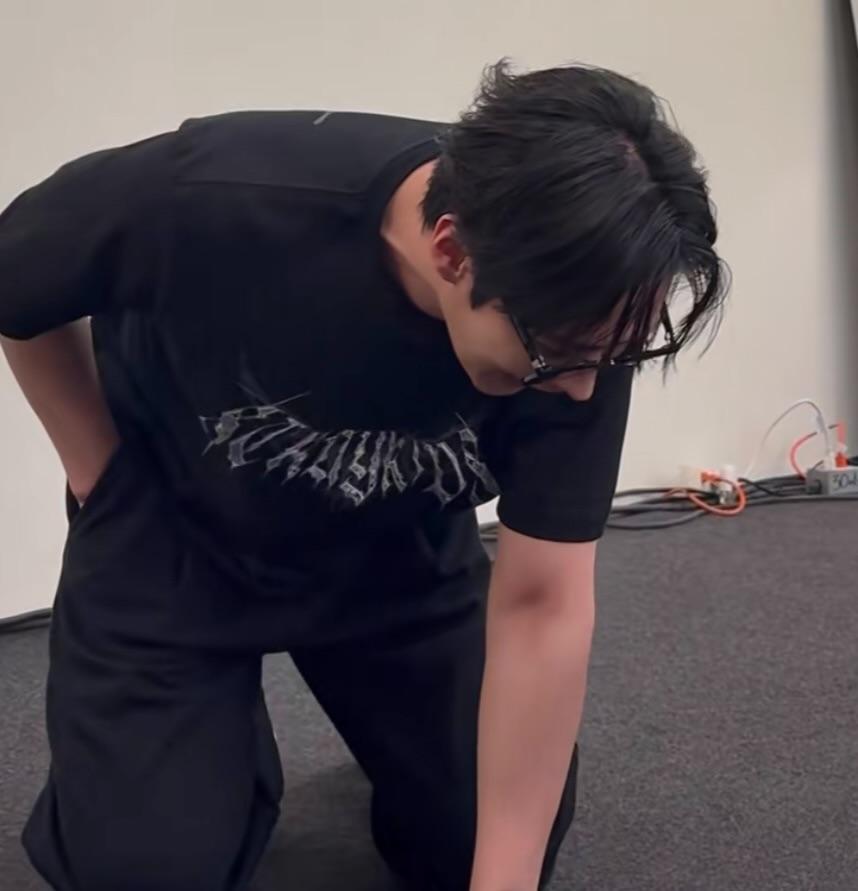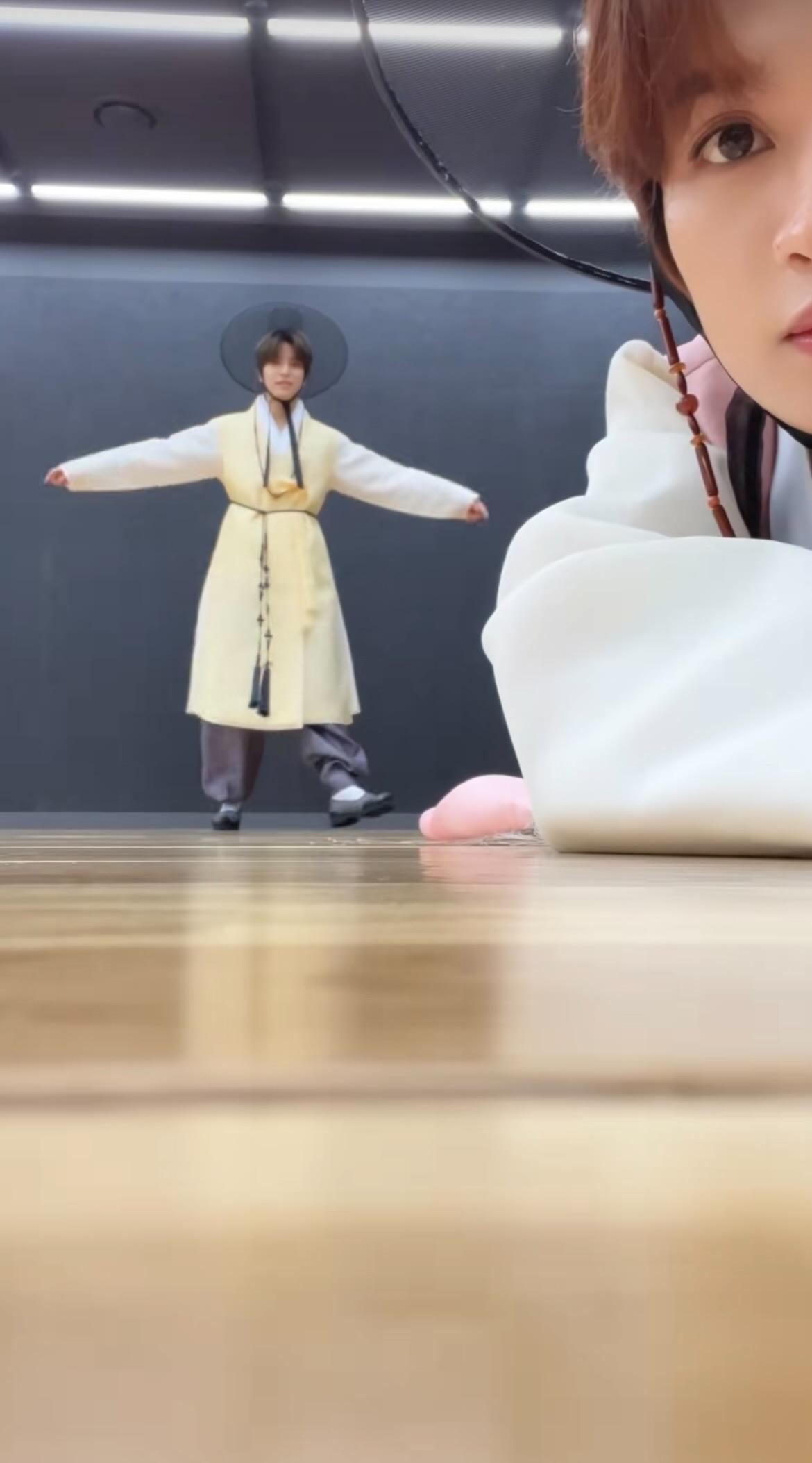Article:

The internet is ablaze, and frankly, we’re not entirely surprised. For months, the whispers have been building – a fervent, almost religious devotion surrounding Stray Kids. But what we’re only just beginning to uncover points to something far more complex, and frankly, disturbingly intimate, than a simple fandom. This isn’t about enjoying catchy songs and vibrant performances; it’s about an obsessive mirroring, a desperate yearning for connection, and a chilling level of detail orchestrated by the members themselves.

It all started with the “delulu” posts – the seemingly random mentions of Mr. Neck Vein, spinning dolls, and… twins? The recurring references to Chan, Felix, and Seungmin aren’t just expressions of adoration; they’re meticulously crafted prompts. The obsessive focus on the members’ actions – Chan’s “shocking” moments captured on camera, Felix’s seemingly intentional disappearances (“flying with chicken wings”), Seungmin’s constant bickering and flirtations – are deliberately designed to be copied, recreated, and shared.

The “angel numbers” – 2:22, 3:33, 4:44 – aren’t a simple coincidence of lucky numbers. They’re part of a larger, calculated strategy. These numbers, carefully chosen for their symbolic meaning, appear consistently alongside the group’s actions, guiding fans to mimic and amplify their presence digitally – a way of actively participating in the group’s reality.
The sheer volume of comments and content generated by these posts—the meme templates, the obsessive edits, the countless recreations—is staggering. It’s clear that the members, through strategic engagement, are rewarding this intense attention, feeding the obsession and solidifying the group’s identity as simultaneously attainable and impossibly distant. We’ve discovered the “NoonaRacha” – a group of older female fans, and the “CultRacha” – a coordinated strategy of using the group’s images as profile pictures.
Perhaps the most unsettling element is the level of self-awareness displayed by the group. The acknowledgement of “the duality” and the strategic use of shock value—Chan’s bewildered expression when capturing a camera reaction, In’s wide-eyed stare—is a masterclass in manipulation. And the constant reminder to be thankful, for the group’s existence, to be content and grateful.
But what does it all *mean*? Is this just a brilliantly executed marketing strategy, or something far more profound? Are the members actively cultivating this intense worship, or are they simply victims of their own success? One thing is certain: Stray Kids has tapped into something primal within the human psyche – a desire for connection, belonging, and the validation of being part of something extraordinary. The more that we dissect this phenomenon, the more unsettling it becomes. It’s time to ask ourselves: are we fans, or are we, unwittingly, part of the performance?
—
### SHOCKING: Decoding Stray Kids’ Obsessive Universe – See More!
Article:
The internet is exploding with a fervor rarely witnessed in K-Pop fandom, and at the epicenter lies Stray Kids. But this isn’t just adoration; it’s an intricately designed obsession, meticulously curated by the boys themselves. We’re uncovering a universe of calculated mirroring, strategically deployed shock value, and a chillingly effective loop of validation.
The “delulu” posts – the bizarre references to Mr. Neck Vein, spinning dolls, twins – aren’t random. They’re breadcrumbs, setting the stage for a ritualistic engagement. Fans don’t just *like* these posts; they’re instructed to *replicate* them, leading to an avalanche of recreations mimicking Chan’s bewildered expressions, Felix’s seemingly deliberate disappearances, and Seungmin’s frequent, flirtatious bantering.
The “angel numbers” (2:22, 3:33, 4:44) are key. These aren’t random good luck charms; they’re tied to specific actions – a carefully timed sequence designed to amplify the group’s influence and, crucially, the fan’s participation. These numbers are paired with the group’s actions, guiding fans to mimic and amplify their presence digitally – a way of actively participating in the group’s reality.
The sheer volume of content generated – the meme templates, the obsessively recreated scenes, the constant mirroring – is staggering. This demonstrates a calculated strategy, rewarding intense attention, actively solidifying the group’s identity as simultaneously attainable and impossibly distant. It’s further illustrated by the “NoonaRacha” – a group of elder female fans, and the “CultRacha” – a coordinated strategy of using the group’s images as profile pictures.
But the most unsettling aspect is the members’ self-awareness. Chan’s expression when capturing a camera reaction, In’s wide-eyed stare, and the group’s acknowledgement of “the duality” – it’s a masterclass in manipulation. It raises critical questions: are they actively cultivating this intense worship, or are they, unknowingly, part of the performance?
The data suggests a deliberate strategy, a feedback loop designed to amplify devotion. This isn’t just fandom—it’s a meticulously crafted ecosystem, and we, the participants, are unknowingly feeding the machine. Are we fans, or are we, unwittingly, part of the performance?
—
### SHOCKING: Stray Kids’ Digital Cult – Unlocking the Mystery – See More!
Article:
The internet’s obsession with Stray Kids is reaching unsettling levels – a meticulously orchestrated digital cult, led by the eight members themselves. Beyond the catchy music and vibrant performances, lies a complex web of mirroring, strategic engagement, and a chillingly effective feedback loop.
The seemingly random references – Mr. Neck Vein, spinning dolls, twins – are, in fact, carefully deployed breadcrumbs, designed to initiate a deliberate ritual. Fans aren’t simply reacting to these posts; they’re actively instructed to replicate them, fueling an explosion of recreations mirroring Chan’s bewildered expressions, Felix’s calculated disappearances, and Seungmin’s frequent, flirtatious interactions.
The “angel numbers” (2:22, 3:33, 4:44) aren’t coincidental; they’re interwoven with specific actions, creating a resonant sequence designed to amplify the group’s influence and, crucially, the fan’s participation. This isn’t just fandom; it’s a carefully constructed system, rewarding intense attention and actively solidifying Stray Kids’ identity as simultaneously attainable and unattainable. These are joined by the “NoonaRacha” – a group of elder female fans, and the “CultRacha” – a coordinated strategy of using the group’s images as profile pictures.
The members’ awareness of this phenomenon is perhaps the most unsettling element. Chan’s reaction when capturing a camera, In’s wide-eyed observations, and acknowledging “the duality,” indicates a calculated strategy. This raises profound questions: are they actively fostering this fervent obsession, or are they simply participants in a phenomenon they’ve unintentionally unleashed?
The volume of generated content—meme templates, replicated scenes, digital mirroring—highlights a deliberate and highly effective, system. This isn’t just fandom. It’s a carefully constructed ecosystem, and we, the participants, are unknowingly feeding the machine. It begs the essential question: are we fans, or are we, unwittingly, part of the performance?



